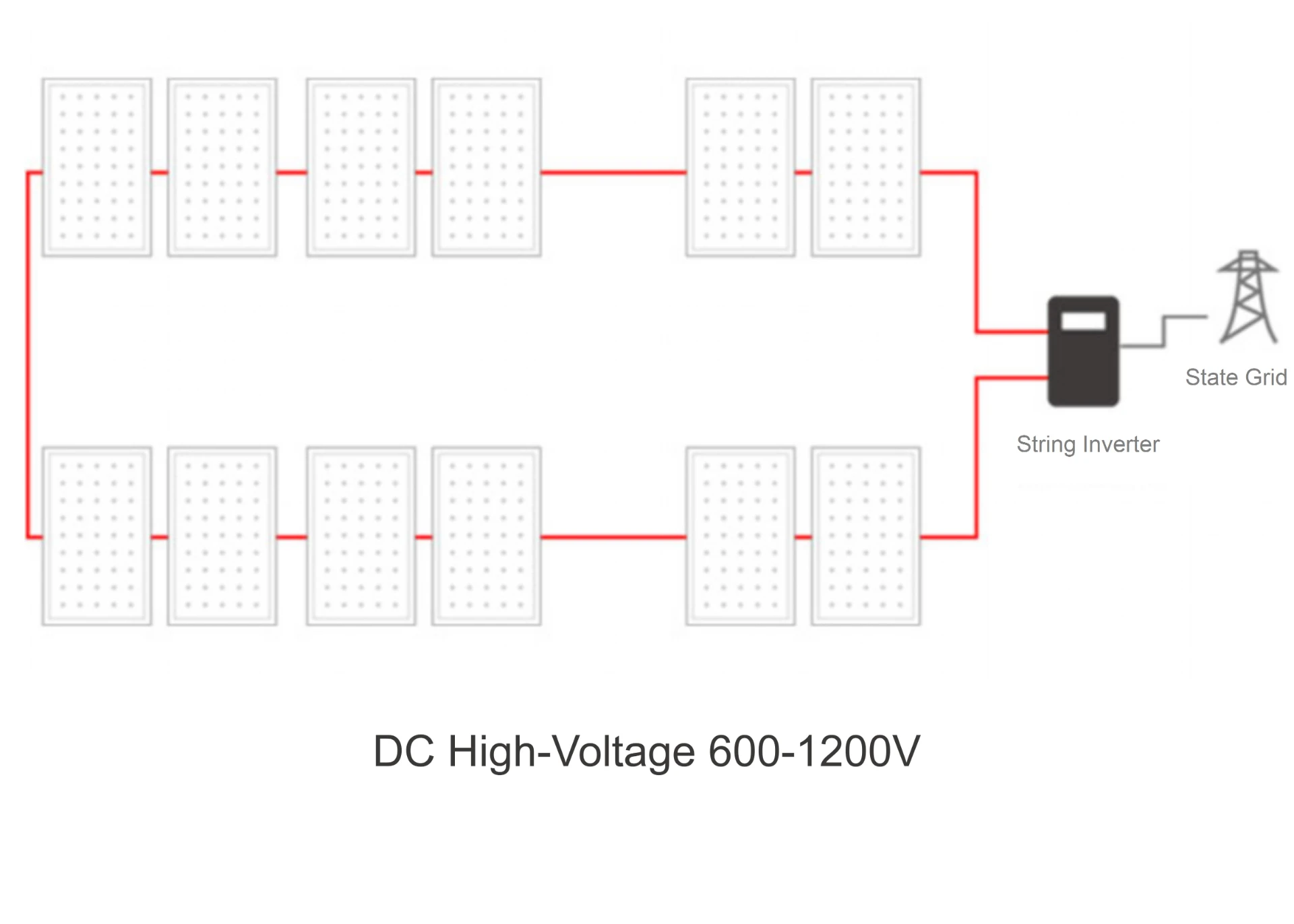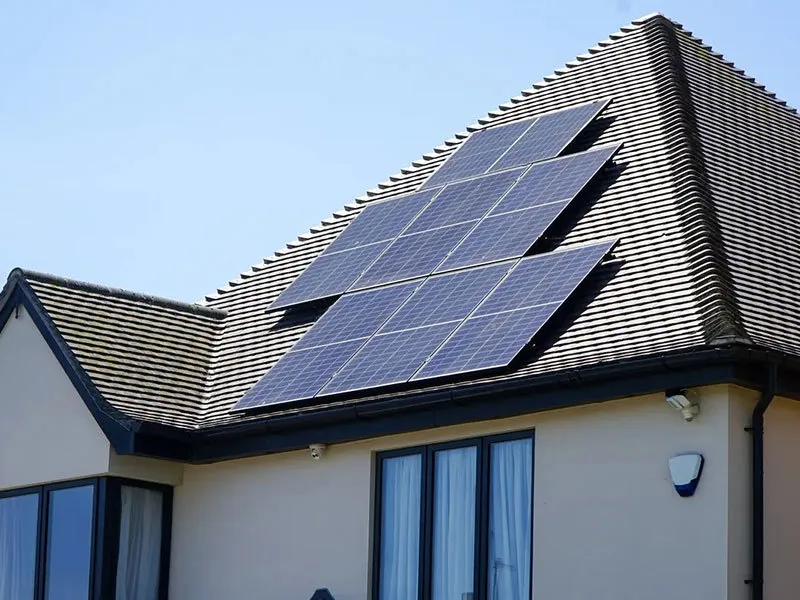Bifacial Mono Solar Panels High-Efficiency Dual-Sided Power
- Overview of Bifacial Mono Solar Panel Technology
- Technical Advantages: Efficiency and Durability
- Market Analysis: Mono PERC Bifacial Solar Panel Price Trends
- Manufacturer Comparison: Performance and Reliability
- Custom Solutions for Diverse Energy Needs
- Real-World Applications and Case Studies
- Future Prospects of Mono PERC Bifacial N-Type Solar Panels

(bifacial mono solar panel)
Understanding Bifacial Mono Solar Panel Innovations
Bifacial mono solar panels represent a leap forward in photovoltaic technology, capturing sunlight on both sides to maximize energy output. Unlike traditional monofacial modules, these panels generate up to 30% additional electricity by utilizing reflected light from surfaces like rooftops or ground-mounted systems. With a typical power output ranging from 450W to 600W, bifacial designs are increasingly favored for large-scale installations. The integration of mono PERC (Passivated Emitter Rear Cell) and N-type cell architecture further enhances efficiency, achieving module efficiencies of 21.5%–23.2% under standard test conditions.
Technical Advantages: Efficiency and Durability
Bifacial mono solar panels leverage advanced cell technologies to outperform conventional alternatives. Key benefits include:
- Higher Energy Yield: Dual-sided absorption increases annual energy production by 10%–25%, depending on installation conditions.
- Lower Degradation: N-type cells exhibit 0.3% annual degradation, compared to 0.5%–0.7% for P-type counterparts.
- Temperature Resilience: Operating efficiently at temperatures up to 85°C, these panels maintain stable performance in harsh climates.
Market Analysis: Mono PERC Bifacial Solar Panel Price Trends
Global demand for mono PERC bifacial solar panels has driven prices down by 18% since 2022. As of Q2 2024, wholesale rates average $0.22–$0.28 per watt, influenced by:
- Raw material costs (polysilicon at $9.2/kg)
- Manufacturing scale (GW-level production reduces unit costs by 12%)
- Regional policies (tariffs and subsidies affecting final pricing)
Manufacturer Comparison: Performance and Reliability
| Manufacturer | Model | Efficiency (%) | Power Output (W) | Price/Watt ($) | Bifacial Gain (%) |
|---|---|---|---|---|---|
| Company A | N-Type Pro | 22.8 | 580 | 0.26 | 27 |
| Company B | PERC Ultra | 21.9 | 560 | 0.24 | 22 |
| Company C | BiFacial Max | 23.1 | 595 | 0.28 | 30 |
Custom Solutions for Diverse Energy Needs
Tailored configurations address specific project requirements:
- High-Efficiency Configurations: 144-cell layouts for commercial rooftops (6.5kW systems).
- Utility-Scale Designs: 108-cell bifacial arrays with tracking systems, boosting yield by 35%.
- Specialized Applications: Anti-PID (Potential Induced Degradation) variants for coastal regions.
Real-World Applications and Case Studies
A 2023 installation in Arizona’s Sonoran Desert demonstrated bifacial mono panels achieving 2,150 kWh/kW annual generation—15% higher than monofacial systems. Similarly, a 50MW solar farm in Germany reported a 19% increase in ROI over 5 years due to bifacial gains.
Advancing Sustainability with Mono PERC Bifacial N-Type Solar Panels
The shift toward mono PERC bifacial N-type solar panels aligns with global decarbonization goals. Projects using this technology reduce CO₂ emissions by 1.2 tons/MWh compared to fossil fuels. With lifecycle longevity exceeding 35 years and recyclability rates surpassing 96%, these panels set new benchmarks for renewable energy solutions.

(bifacial mono solar panel)
FAQS on bifacial mono solar panel
What is a bifacial mono solar panel?
Q: How does a bifacial mono solar panel work?
A: Bifacial mono solar panels generate electricity from both sides by capturing sunlight on the front and reflected light on the rear, increasing overall energy output compared to traditional panels.
What is the price range for mono PERC bifacial solar panels?
Q: How much do mono PERC bifacial solar panels cost?
A: Mono PERC bifacial solar panels typically cost $0.25 to $0.40 per watt, depending on brand, efficiency, and bulk purchase discounts. Prices vary by region and supplier.
Why choose N-type mono PERC bifacial solar panels?
Q: What are the advantages of N-type mono PERC bifacial solar panels?
A: N-type mono PERC bifacial panels offer higher efficiency, lower degradation rates, and better temperature coefficient performance than P-type panels, making them ideal for long-term projects.
How efficient are bifacial mono solar panels?
Q: What efficiency can I expect from bifacial mono solar panels?
A: Bifacial mono panels achieve 20-22% front-side efficiency, with an additional 10-30% energy gain from the rear side, depending on installation conditions like ground reflectivity.
Where are bifacial mono solar panels best suited?
Q: What applications are ideal for bifacial mono solar panels?
A: They excel in commercial rooftops, solar farms, and installations over reflective surfaces (e.g., snow, white gravel) where rear-side light capture maximizes energy production.
-
Unlocking Energy Freedom with the Off Grid Solar InverterNewsJun.06,2025
-
Unlock More Solar Power with a High-Efficiency Bifacial Solar PanelNewsJun.06,2025
-
Power Your Future with High-Efficiency Monocrystalline Solar PanelsNewsJun.06,2025
-
Next-Gen Solar Power Starts with Micro Solar InvertersNewsJun.06,2025
-
Harnessing Peak Efficiency with the On Grid Solar InverterNewsJun.06,2025
-
Discover Unmatched Efficiency with the Latest String Solar InverterNewsJun.06,2025







